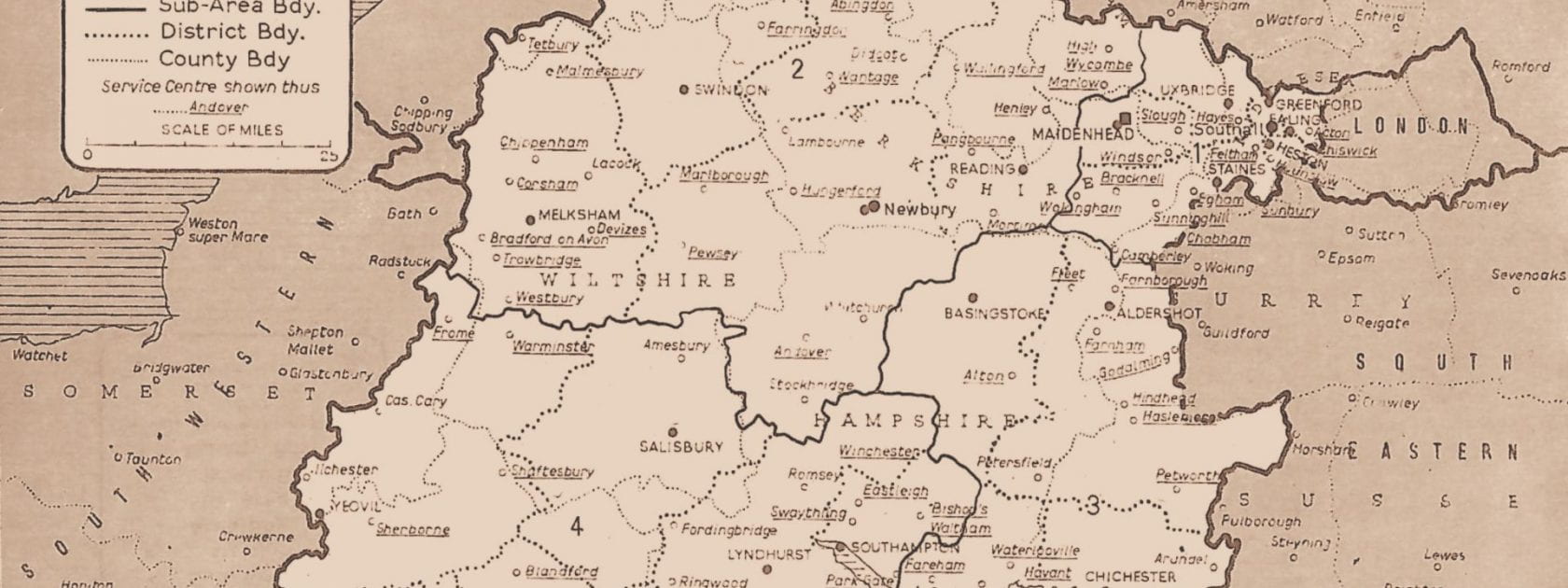Electric Tramways[1]
| Years operating | Route miles | Max No of Cars | |
| Bournemouth Corporation | 1902-1936 | 16.1 | 132 |
| Gosport & Fareham Tramway Co. | 1905-1929 | 7.8 | 18 |
| London United Tramways Co. | 1901-1933[2] | 53.8 | 390 |
| Poole & District Co. | 1901-1905[3] | 3.8 | 17 |
| Portsdown & Horndean Co. | 1903-1935 | 6.0 | 24 |
| Portsmouth Corporation | 1901-1936 | 17.7 | 112 |
| Reading Corporation | 1901-1939 | 7.4 | 36 |
| Southampton Corporation | 1900-1949 | 13.7 | 142 |
| Swindon Corporation | 1904-1929 | 3.7 | 13 |
Only Southampton and Swindon combined generation for lighting and traction. All the other systems had separate traction power stations. London United’s powerhouse in Chiswick was the largest and grandest with a capacity of 3,000kW in 1910.[4] When the tramway company became part of the Underground Group, electricity supply was gradually transferred to the large and efficient station at Lots Road, Chelsea. Other tramway power stations in the region varied in size from 2,000kW at Portsmouth, 1,000kW at Bournemouth, Hoeford (Gosport & Fareham); 400kW at Reading and 200kW at Horndean. The latter station was one of the earliest to use diesel engines.
Tramway supply as a proportion of electricity sales was still significant in 1925-26. Southampton’s trams accounted for 16.9 percent of the Corporation’s sales. The Bournemouth & Poole Company’s proportion of sales was very similar, although it only sold current to Bournemouth Corporation trams working in Poole and Christchurch outside the County Borough boundaries.
Electric tramways provided fast, efficient and cheap urban transport and were very profitable before 1914. Motor bus competition after the war quickly eroded the viability of the smaller systems.
In the western suburbs of London, electric railways were being developed at the same time as the tramways. The District line to Ealing was developed in 1905 and the Metropolitan line to Uxbridge was converted to electric traction.[5] These lines and other extensions would have a powerful influence on the development of the territory in the interwar period.
Electrification of mainline suburban services began in 1916 when the London & South Western Railway completed work on the lines to Chiswick, Brentford, Hounslow and Shepperton. Current was generated at a new railway-owned power station at Durnsford Road, Wimbledon (initial capacity 25,000kW). Further extensions by the Southern Railway included lines to Windsor (1930), Aldershot and Alton (1936) and Reading (1939). Power for the Aldershot and Reading lines was drawn from the grid substations at West Byfleet and Reading.[6]
[1] Compiled from Keith Turner, Directory of British Tramways, Vol 1 (Stroud: Tempus Publishing, 2007).
[2] Transferred to London Passenger Transport Board in 1933. Many of the tramways in the area were quickly converted to trolleybus operation already begun by London United Tramways.
[3] Acquired by Bournemouth Corporation Tramways.
[4] Geoffrey Wilson, London United Tramways: A history 1894-1933< (London: Allen & Unwin, 1971), p.58.
[5] See T.C. Barker & M. Robbins, A history of London Transport: Passenger travel and the development of the metropolis, Vol. II (London: Allen & Unwin, 1974).
[6] G.T. Moody, Southern Electric/strong (London: Ian Allan, 1957).


